Introduction
Air travel is one of the safest and most efficient ways to travel, but sometimes even the most routine flights can encounter unexpected challenges. Recently, United Airlines Flight UA770 emergency diversion made headlines, raising questions about safety, protocols, and what really happened in the sky. In this article, we will break down the incident, explain why diversions happen, and reveal seven shocking facts that every traveler should know about flight UA770. If you have ever wondered how airlines handle emergencies, this blog will give you the answers.
What Happened to United Airlines Flight UA770?
On its scheduled journey, United Airlines Flight UA770 was forced to make an emergency diversion. While details about the exact cause initially remained unclear, sources confirmed that the plane deviated from its planned route and landed safely at an alternate airport. Thankfully, no serious injuries were reported, but the diversion created panic among passengers and curiosity among aviation enthusiasts.
Why Do Flights Make Emergency Diversions?
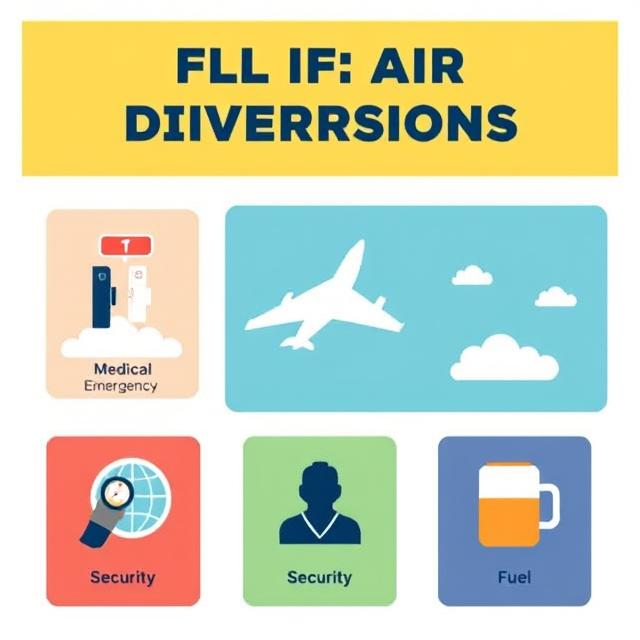
Before diving into the shocking facts, it’s important to understand what an emergency diversion means. In aviation:
- Diversion = A flight changes course to land at an airport other than its destination.
- Reasons for Diversion:
- Medical emergencies
- Technical issues with the aircraft
- Weather disruptions
- Security threats
- Fuel management concerns
In the case of United Airlines Flight UA770 emergency diversion, one or more of these factors came into play, leading to a precautionary decision by the pilots.
1. Passenger Safety Always Comes First
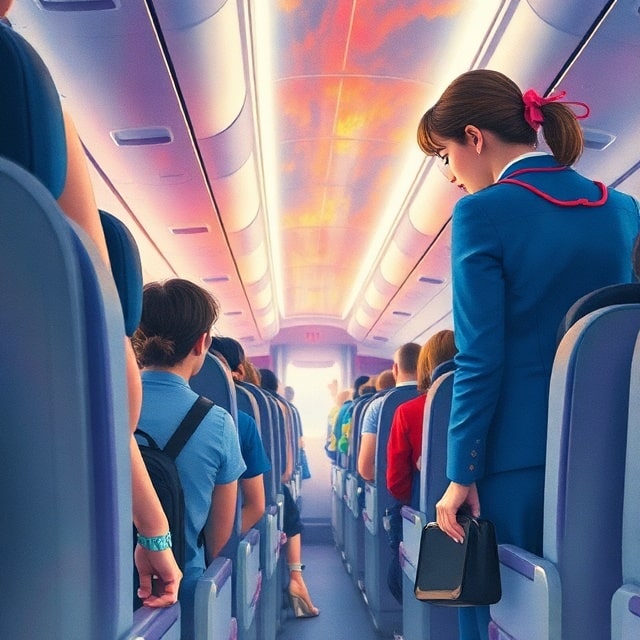
The first shocking fact is how airlines prioritize safety over everything else. When UA770 diverted, the pilots were not just following routine—they were protecting lives. Airlines are trained to put passenger well-being above schedules, profits, and convenience.
2. Diversions Are More Common Than You Think
While it may sound alarming, diversions like the one on United Airlines Flight UA770 happen more often than most passengers realize. Thousands of flights each year experience minor issues that lead to alternate landings. However, airlines don’t always make these public unless the event is significant.
3. Emergency Diversions Are Costly
Every time a flight diverts, airlines face huge expenses. Fuel, airport fees, passenger accommodations, and schedule disruptions can cost tens of thousands of dollars. United Airlines faced significant costs when UA770 diverted, but once again, safety justified the expense.
4. Passengers Experienced Panic and Relief
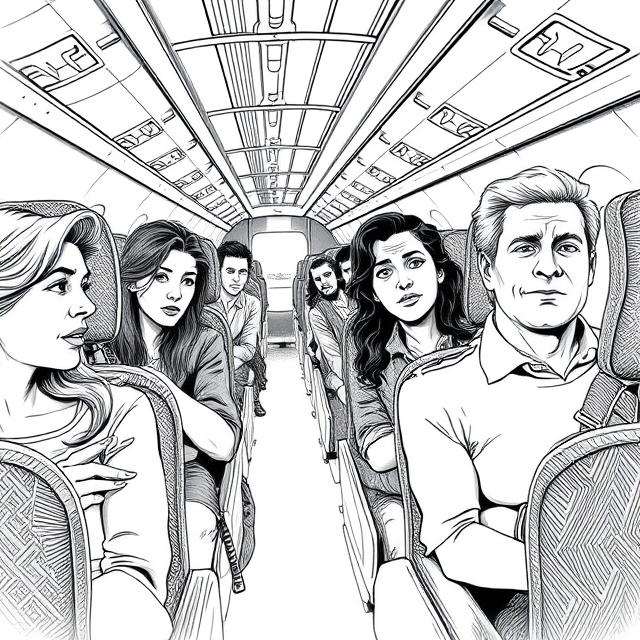
Reports from inside UA770 revealed that many passengers were panicked when the captain announced the diversion. Turbulence, unusual noises, or sudden altitude changes can heighten fear. Yet, once the plane landed safely, passengers described feeling immense relief and gratitude toward the crew.
5. Social Media Amplified the Incident

In today’s digital world, news spreads fast. Passengers onboard United Airlines Flight UA770 shared updates on social media in real time, which drew the attention of international media outlets. This shows how quickly aviation incidents become global news, shaping public opinion instantly.
6. Crew Training Saved the Day
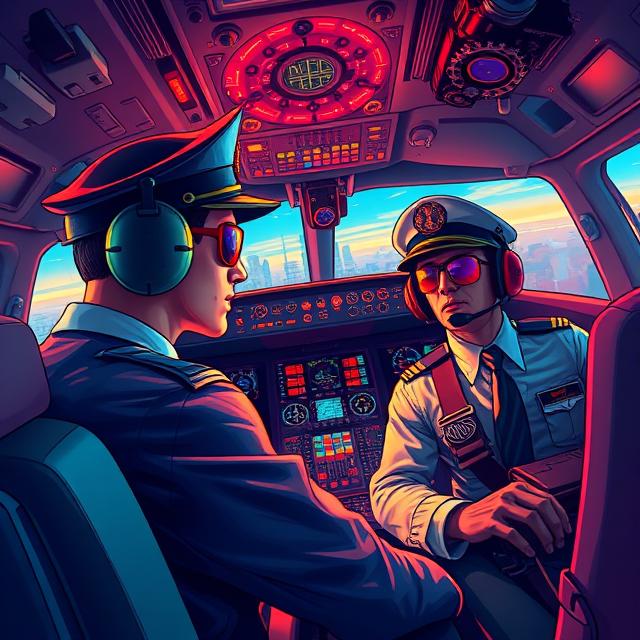
One of the most shocking yet reassuring facts is the role of training. United Airlines crews undergo rigorous emergency training for exactly these situations. From pilots executing diversion maneuvers to flight attendants calming passengers, the professionalism of the UA770 crew played a critical role in ensuring safety.
7. Investigations Ensure Transparency
After every emergency diversion, an investigation is launched to determine the cause. In the case of United Airlines Flight UA770 emergency diversion, officials from aviation authorities and United Airlines conducted a thorough check on the aircraft and crew procedures. Transparency builds trust, ensuring future passengers feel safe.
For a comprehensive breakdown of what unfolded during the diversion—including the timeline, technical alerts, and crew procedures—check out this detailed report by OCNJ Daily
How Do Passengers Experience a Diversion?
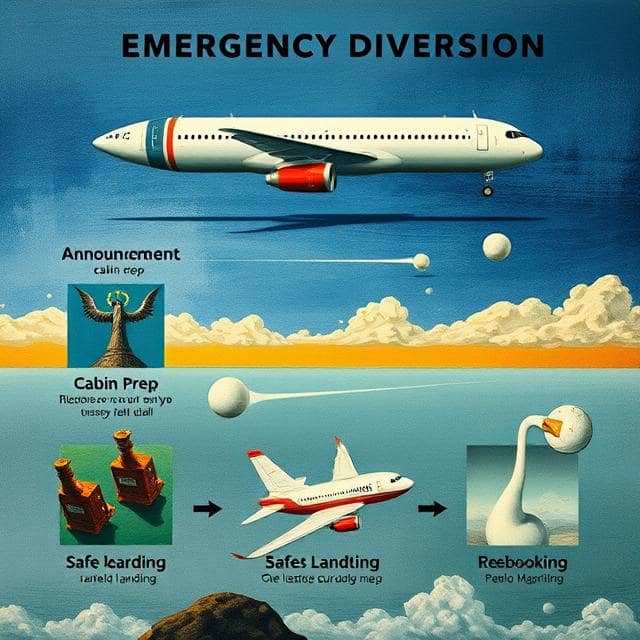
For passengers, an emergency diversion can feel confusing. Here’s a breakdown of what usually happens:
- Announcement: The captain informs passengers about the situation.
- Procedure: Cabin crew prepare the cabin and reassure passengers.
- Landing: The plane lands at the nearest safe airport.
- Aftermath: Passengers may be rebooked or provided hotel accommodations, depending on the delay.
Passengers on UA770 went through all these steps but were relieved when the plane landed without incident.
Lessons Travelers Can Learn
The story of United Airlines Flight UA770 emergency diversion isn’t just a headline—it’s a learning opportunity for travelers worldwide. Here are some key takeaways:
- Always listen carefully to flight attendants during safety briefings.
- Carry essential medications in your hand luggage in case of delays.
- Stay calm—diversions are precautionary, not necessarily life-threatening.
- Follow instructions quickly in emergencies.
The Bigger Picture: Airline Safety Standards
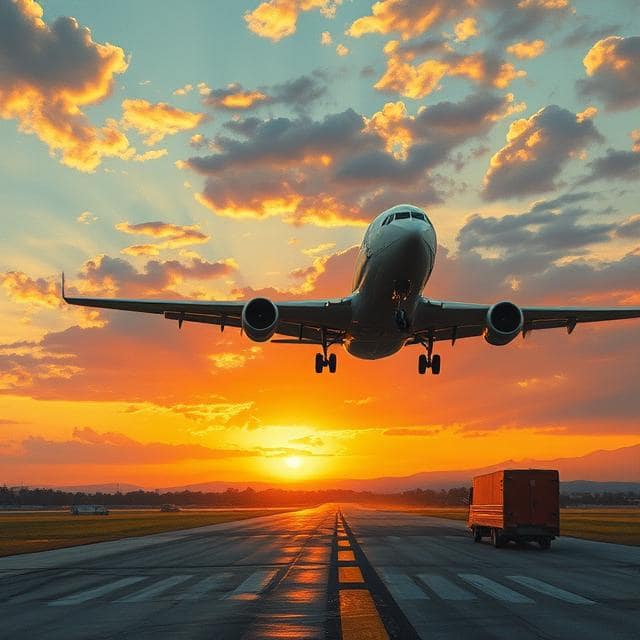
Airlines like United invest millions in safety protocols. The UA770 incident highlights that:
- Modern aircraft are built with multiple backup systems.
- Pilots are among the most highly trained professionals.
- Diversions prove safety systems are working as intended.
This means passengers can continue flying with confidence, even when unexpected events occur.
Conclusion
The United Airlines Flight UA770 emergency diversion has sparked global attention, but it also reassures travelers about the safety of modern air travel. While diversions can feel dramatic, they are part of the robust safety culture that makes flying the safest mode of transportation. From crew training to immediate investigations, every step in this story proves that safety is never compromised.
If you want to stay informed about aviation news, travel tips, and global updates, keep visiting vogiza.com—your source for trustworthy blogs that matter.
Also read: The astonishing story of Shi Pei Pu — a Chinese opera singer turned spy.


